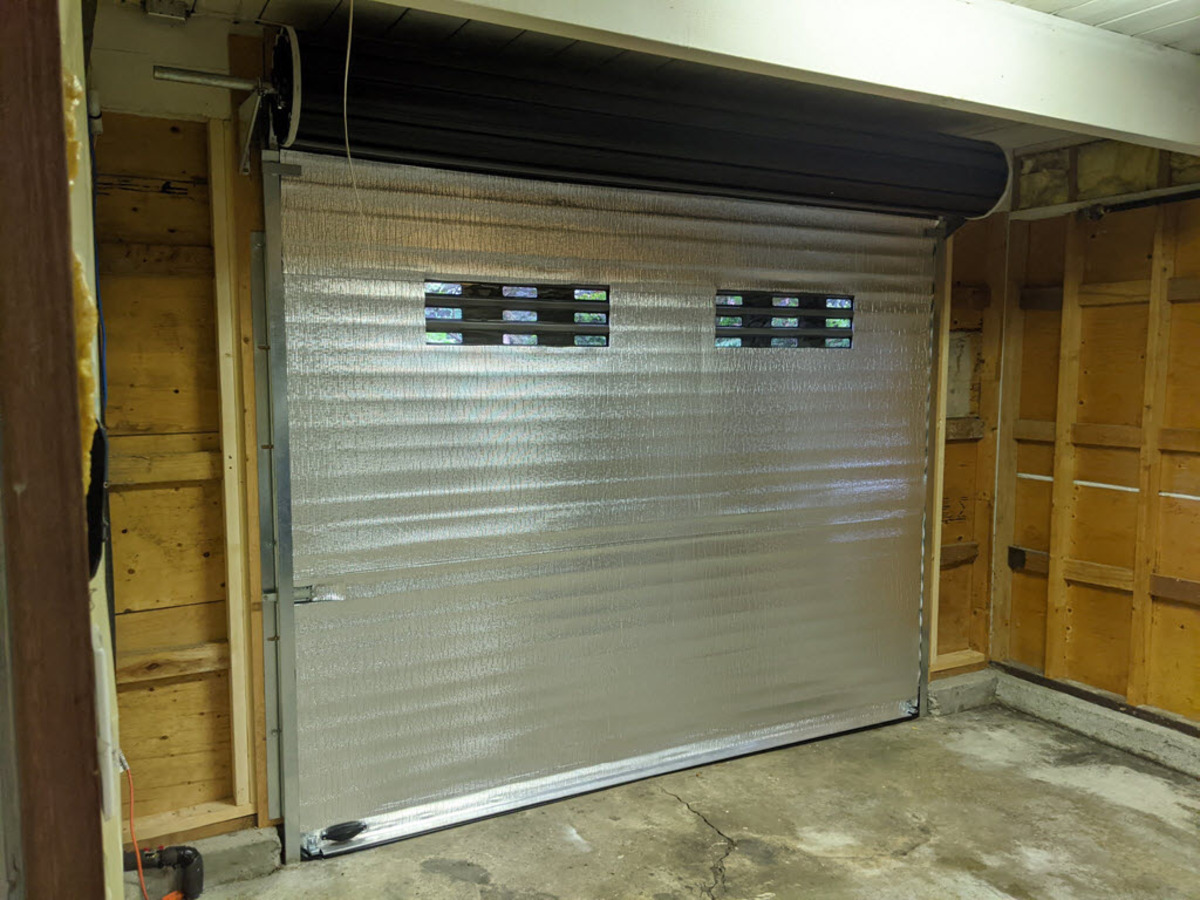

Articles
How To Insulate A Roll Up Garage Door
Modified: January 8, 2024
Learn how to effectively insulate a roll up garage door with our informative articles. Get step-by-step instructions and expert tips for maximum energy efficiency.
(Many of the links in this article redirect to a specific reviewed product. Your purchase of these products through affiliate links helps to generate commission for Storables.com, at no extra cost. Learn more)
Introduction
A roll-up garage door is a popular choice for many homeowners due to its convenience and space-saving design. However, these types of doors often lack proper insulation, leading to energy loss and potentially higher utility bills. Insulating your roll-up garage door not only helps to regulate the temperature inside the garage, but it also helps to reduce noise and enhance the overall energy efficiency of your home.
Insulating a roll-up garage door may seem like a daunting task, but with the right tools and materials, it can be a relatively simple and rewarding DIY project. In this article, we will guide you through the steps to insulate your roll-up garage door effectively.
Key Takeaways:
- Properly insulating your roll-up garage door can improve energy efficiency, reduce noise, and create a more comfortable environment, making it a valuable investment for homeowners.
- Consider factors such as climate, budget, and garage use when choosing insulation materials, and follow the proper steps to ensure effective and long-lasting insulation for your roll-up garage door.
Read more: How To Install A Roll Up Garage Door
Factors to Consider Before Insulating a Roll Up Garage Door
Before you begin the process of insulating your roll-up garage door, there are a few important factors to consider:
- Climate: The climate in your area plays a crucial role in determining the type and thickness of insulation you should use. If you live in a region with extreme temperatures, you may need higher R-value insulation to provide better thermal resistance.
- Garage Use: Consider how you use your garage. If you use it as a workshop or frequently spend time in it, insulating the door can help maintain a comfortable working environment.
- Budget: Insulation materials come in a range of prices, so it’s important to consider your budget when selecting the right material for your roll-up garage door.
- Door Material: The material of your garage door can also impact the insulation process. Some doors have built-in insulation, while others may require additional insulation panels.
- Existing Insulation: If your garage already has insulation on the walls or ceiling, it’s important to ensure that your roll-up door is properly insulated as well to avoid any gaps in coverage.
By considering these factors, you will be able to make informed decisions about the insulation materials and techniques that are most suitable for your roll-up garage door.
Tools and Materials Needed
Before getting started, gather the necessary tools and materials to insulate your roll-up garage door:
Tools:
- Tape measure
- Utility knife
- Straightedge or ruler
- Drill with screwdriver bit
- Pencil or marker
- Caulk gun (if needed for sealing)
Materials:
- Insulation panels or rolls (e.g., foam board insulation, reflective insulation, or fiberglass insulation)
- Adhesive spray or double-sided tape (if required for your insulation material)
- Sealant or weather-stripping (if needed for sealing gaps or cracks)
- Screws or nails (if necessary for securing the insulation panels)
Ensure that you have all the necessary tools and materials before starting the insulation process to avoid any unnecessary interruptions.
Read more: How To Adjust Roll Up Garage Door
Step 1: Measure the Garage Door
Accurate measurements are crucial for ensuring a proper fit when insulating your roll-up garage door. Follow these steps to measure the dimensions of your garage door:
- Open the roll-up door fully to access the entire surface you need to insulate.
- Using a tape measure, measure the width and height of the door. Measure both the width and height at multiple points to account for any irregularities.
- Take note of any obstructions such as handles, hinges, or tracks that may affect the installation of the insulation panels.
- Record the measurements accurately, either on paper or by marking them directly on the insulation material for reference.
By taking precise measurements, you can ensure that the insulation panels will properly cover the surface of the roll-up garage door and provide effective insulation.
Step 2: Choose the Insulation Material
When it comes to insulating a roll-up garage door, there are several insulation materials to choose from. Each material has its own benefits and considerations. Here are some common options:
Foam Board Insulation:
Foam board insulation is a popular choice for its excellent thermal resistance and ease of installation. It comes in rigid panels that can be cut to size and attached to the garage door. Foam board insulation provides both insulation and structural support.
Reflective Insulation:
Reflective insulation, also known as radiant barrier insulation, is ideal for reducing heat transfer. It consists of a reflective surface that reflects heat away from the garage. Reflective insulation is typically made of foil-faced materials and is lightweight and easy to install.
Read more: How To Tell If Garage Door Is Insulated
Fiberglass Insulation:
Fiberglass insulation is another option for insulating a roll-up garage door. It comes in rolls or batts and offers good thermal resistance. Fiberglass insulation is made from recycled glass and is an affordable choice for homeowners.
Considerations:
When choosing the insulation material, consider factors such as the climate in your area, your budget, and the space available for insulation. It’s also important to check if the material is moisture-resistant, as garages can experience humidity or moisture buildup.
Ultimately, select an insulation material that best meets your specific needs and provides the desired level of insulation for your roll-up garage door.
Step 3: Prepare the Garage Door
Before installing the insulation panels, it’s important to properly prepare the surface of the garage door. Follow these steps to ensure a smooth installation:
- Clean the surface: Thoroughly clean the surface of the roll-up garage door to remove any dirt, dust, or debris. Use a mild detergent and a sponge or brush to clean the door and wipe it dry with a clean cloth.
- Inspect for damages: Carefully examine the garage door for any damages, dents, or cracks. Repair or replace any damaged sections before installing the insulation panels to ensure a secure and even surface.
- Remove obstacles: Take note of any obstructions such as handles, hinges, or tracks that may interfere with the installation process. Remove or temporarily detach any obstacles to create a flat and even surface for the insulation.
- Apply adhesive (if necessary): If your insulation material requires adhesive for installation, carefully follow the manufacturer’s instructions for applying the adhesive to the back of the insulation panels or directly onto the garage door.
Preparing the garage door is essential for the proper adhesion and installation of the insulation panels. By ensuring a clean and smooth surface, you can achieve a professional and long-lasting insulation result.
Step 4: Install the Insulation Panels
Now that the garage door is prepared, it’s time to install the insulation panels. Follow these steps to properly install the panels:
- Start at the top: Begin installation at the top of the garage door. Position the first insulation panel against the top section of the door, ensuring that it aligns with the edges and covers the entire surface area.
- Trim if necessary: Use a utility knife or a straightedge to trim the insulation panel to fit the exact dimensions of the door if needed. Take caution to make clean and straight cuts.
- Secure the panel: Use screws or nails to secure the insulation panel to the garage door. Place them along the edges and at regular intervals to ensure the panel stays in place. Be mindful not to overtighten screws or nails, as it may damage the panel or the door.
- Continue with the remaining panels: Repeat the process for each subsequent insulation panel, working your way down the garage door. Make sure each panel is properly aligned and securely fastened.
Depending on the size of your roll-up garage door and the number of panels required, you may need to cut additional panels to fit the remaining sections. Remember to take accurate measurements and trim the panels accordingly for a proper fit.
It is important to follow the manufacturer’s instructions for your specific insulation material to ensure the best installation results.
Read more: How To Install Insulation On Garage Door
Step 5: Secure the Panels in Place
Once the insulation panels are installed on the roll-up garage door, it is important to ensure they are securely fastened to prevent any movement or dislodging. Follow these steps to properly secure the panels in place:
- Check for gaps: Carefully inspect the edges and corners of each insulation panel to ensure there are no gaps between the panel and the garage door. Gaps can reduce the effectiveness of the insulation and allow air leakage, compromising energy efficiency.
- Seal gaps (if necessary): If you notice any gaps, use sealant or weather-stripping to seal them. Apply the sealant or weather-stripping along the edges and corners of the insulation panels to create a tight seal and prevent air infiltration.
- Reinforce with tape (if required): Some insulation materials may require additional reinforcement to ensure they remain securely in place. Use adhesive tape or double-sided tape to reinforce the panels along the edges or wherever necessary.
- Test the stability: Gently press on each insulation panel to test its stability. Make sure they are firmly attached and don’t move or shift easily. If any panels feel loose, secure them with additional screws, nails, or tape to ensure they stay in place.
Properly securing the insulation panels is crucial for maintaining the effectiveness of the insulation and maximizing energy efficiency in your garage.
It’s important to note that if your roll-up garage door has multiple sections, each section should be insulated individually, following the same steps outlined in this guide.
Step 6: Seal any Gaps or Cracks
To ensure optimal insulation and energy efficiency, it is essential to seal any gaps or cracks around the roll-up garage door. Follow these steps to effectively seal any openings:
- Inspect for gaps and cracks: Carefully examine the area around the garage door, including the edges, corners, and joints, for any gaps or cracks that may allow air leakage.
- Clean the area: Use a damp cloth or brush to clean the surface around the gaps and remove any dirt or debris. This will ensure a better adhesion of the sealant.
- Choose the right sealant: Select a suitable sealant that is appropriate for the material of your garage door and can effectively seal gaps and cracks. Common options include silicone or latex-based caulking or expanding foam sealants.
- Apply the sealant: Use a caulk gun or the nozzle provided with the sealant to apply a steady and even bead of sealant along the gaps and cracks. Smooth the sealant with a caulk smoothing tool or your finger to create a neat and uniform seal. Follow product instructions for drying time.
It’s important to note that sealing gaps and cracks not only helps with insulation but also prevents dust, pests, and water from entering the garage.
Take your time during this step to thoroughly inspect and seal any potential entry points to ensure a well-insulated and airtight roll-up garage door.
Consider using a garage door insulation kit, which typically includes insulation panels and installation hardware. This can help improve energy efficiency and temperature control in your garage.
Step 7: Test the Insulation
After completing the insulation process for your roll-up garage door, it’s important to test its effectiveness. Follow these steps to ensure that the insulation is working as intended:
- Close the garage door: Lower the roll-up garage door and ensure it is fully closed.
- Monitor temperature: Use a thermometer to monitor the temperature inside the garage over the course of a day. Compare the temperature with the temperature outside the garage.
- Check for drafts: Stand near the garage door and check for any drafts or noticeable air movement. Pay attention to the areas around the edges and corners of the door.
- Listen for noise reduction: While the garage door is closed, listen for any reduction in outside noise. Insulated doors typically reduce noise transmission, creating a quieter environment inside the garage.
- Monitor energy consumption: Keep track of your energy consumption, specifically related to heating or cooling the area near the garage. If there is a noticeable decrease in energy usage, it indicates that the insulation is helping to maintain a more stable temperature.
Testing the insulation helps you assess its effectiveness and identify any potential areas that may need further attention or improvement.
If you notice any issues or concerns during the testing process, you may need to make adjustments such as adding additional insulation, sealing gaps, or reinforcing the panels to improve the insulation performance of your roll-up garage door.
Conclusion
Insulating a roll-up garage door is a valuable investment that can improve energy efficiency, regulate temperature, and create a more comfortable environment in your garage. By following the steps outlined in this guide and considering important factors such as climate, budget, and garage use, you can successfully insulate your roll-up garage door.
Remember to accurately measure the dimensions of your garage door, choose the appropriate insulation material, and properly prepare the surface before installation. Secure the insulation panels in place, seal any gaps or cracks, and test the effectiveness of the insulation to ensure optimal performance. If necessary, make adjustments and improvements to achieve the desired insulation results.
Insulating your roll-up garage door not only helps to reduce energy consumption and lower utility costs, but it also enhances the overall comfort and functionality of your garage. Whether you use your garage as a workshop, storage space, or simply to park your vehicle, proper insulation can significantly improve the quality of the space.
Don’t overlook the importance of insulating your roll-up garage door. With a little time and effort, you can enjoy the benefits of a well-insulated garage that is energy-efficient, quieter, and more comfortable all year round.
Frequently Asked Questions about How To Insulate A Roll Up Garage Door
Was this page helpful?
At Storables.com, we guarantee accurate and reliable information. Our content, validated by Expert Board Contributors, is crafted following stringent Editorial Policies. We're committed to providing you with well-researched, expert-backed insights for all your informational needs.
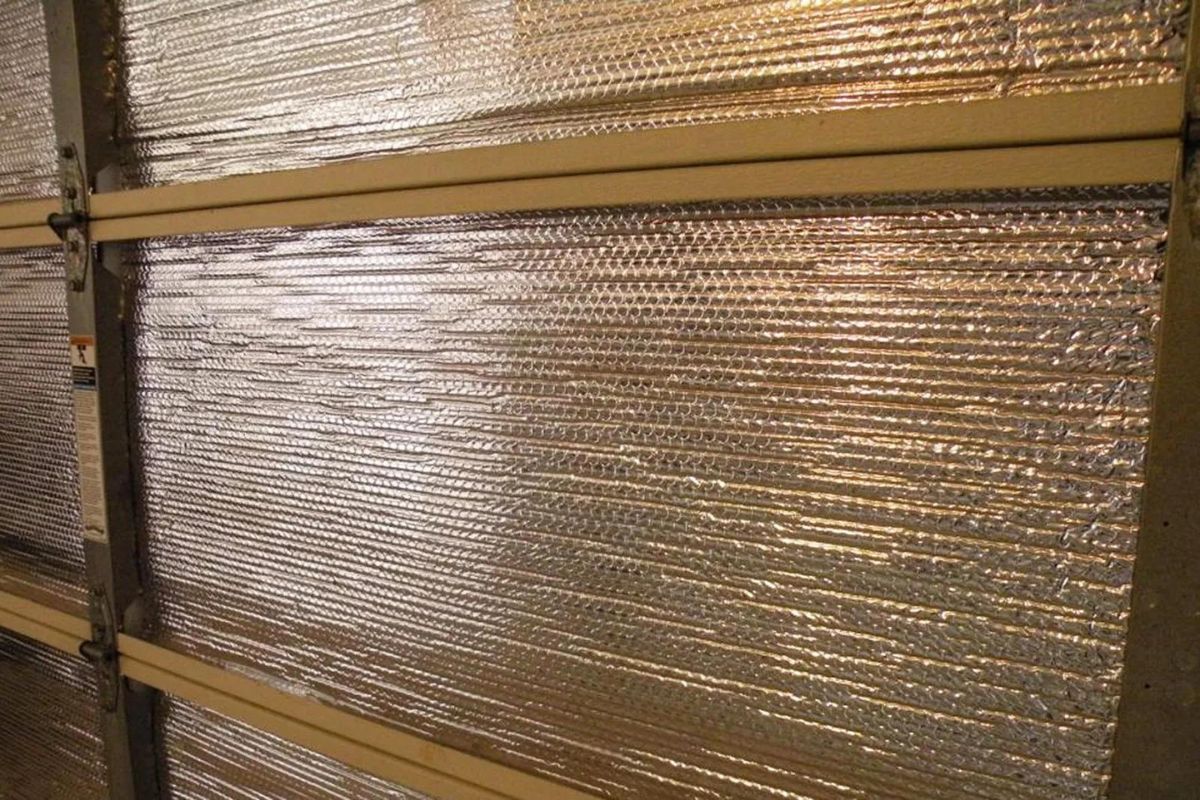
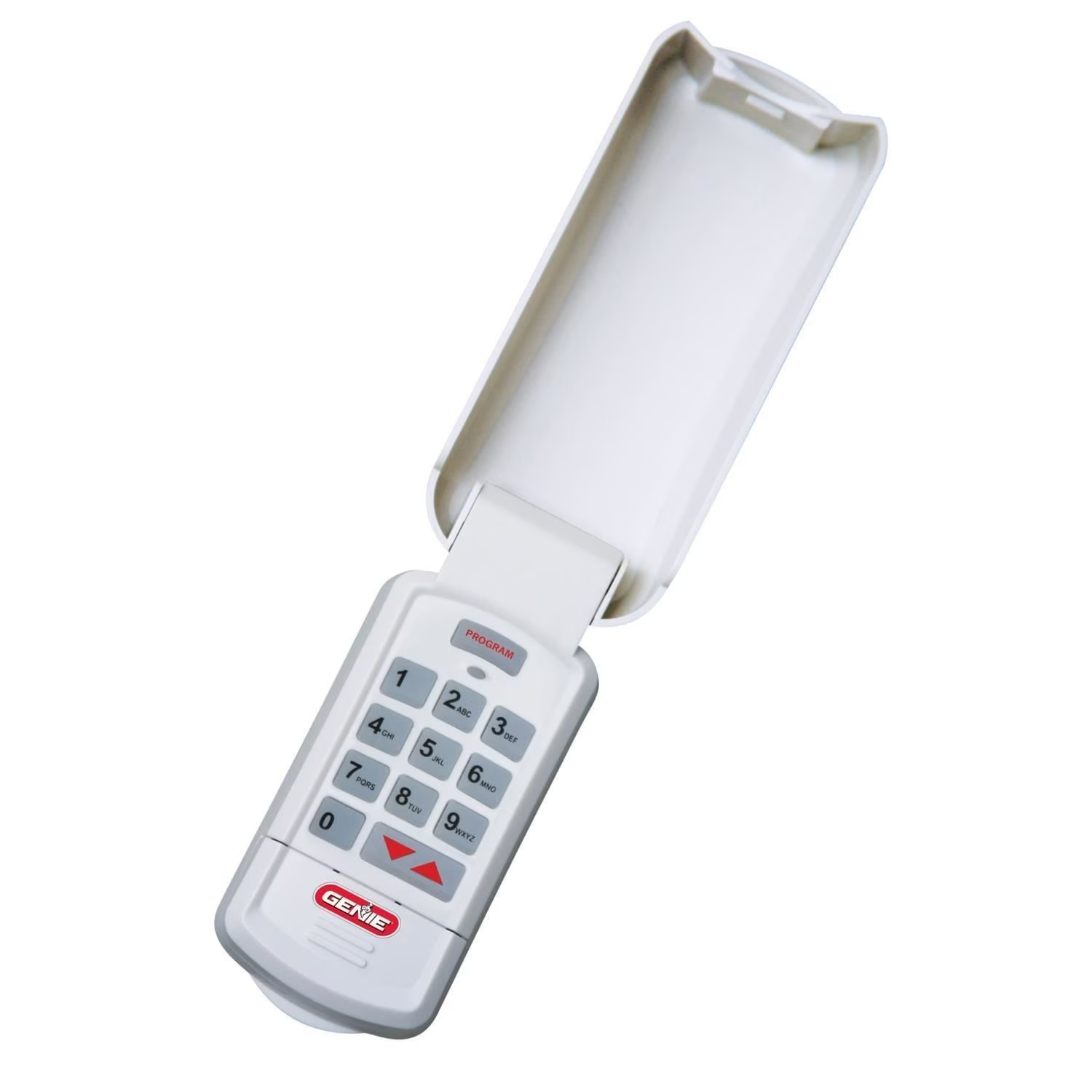
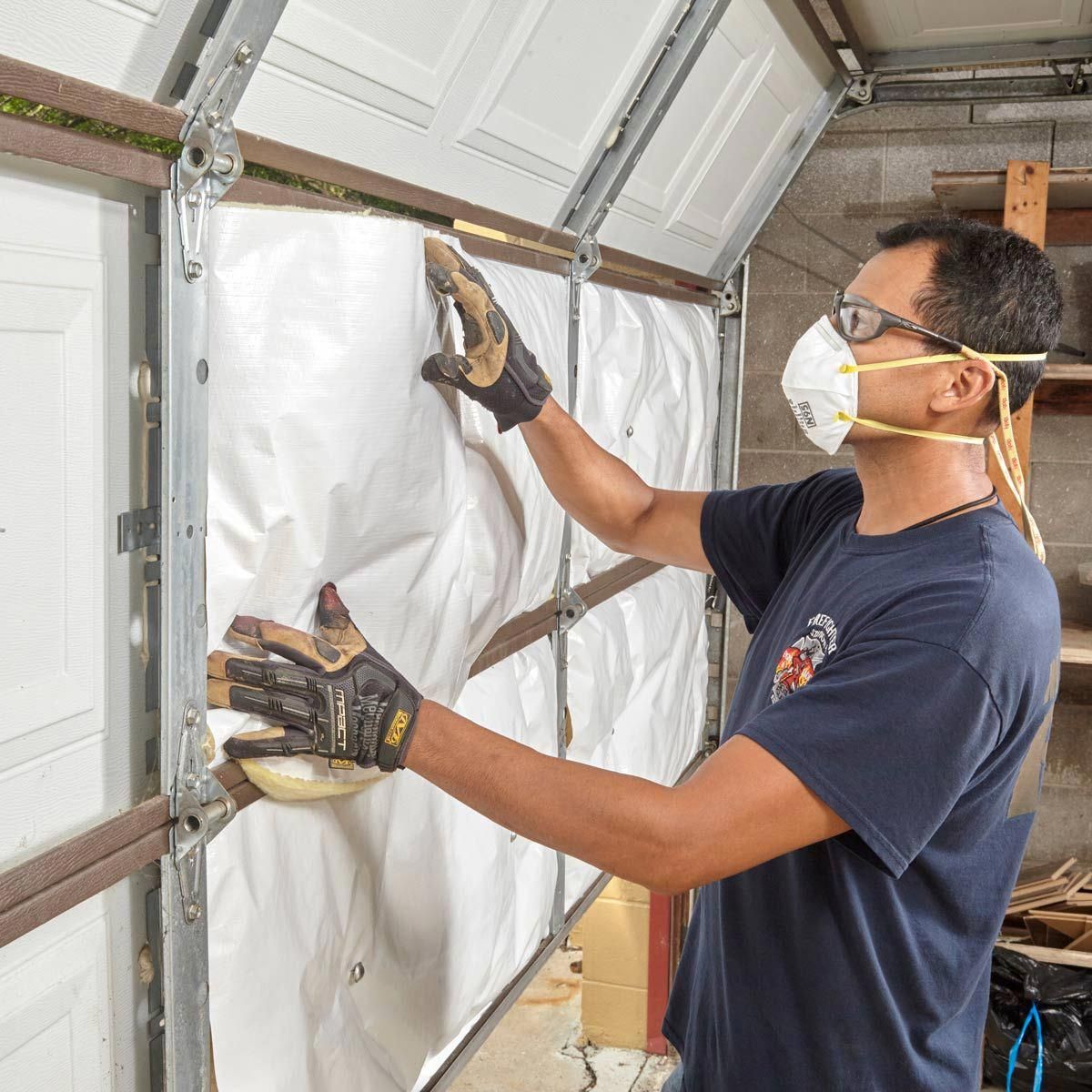
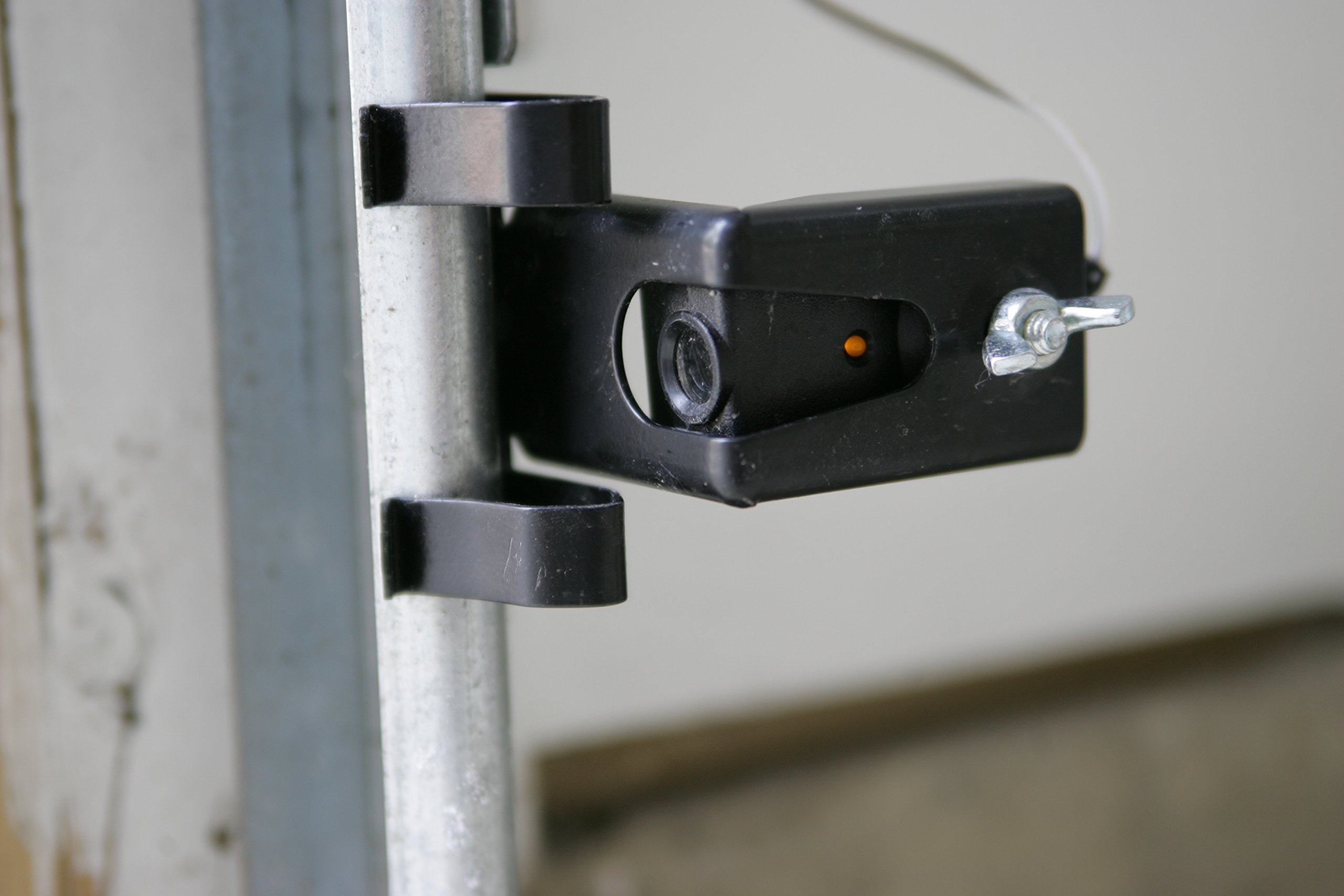
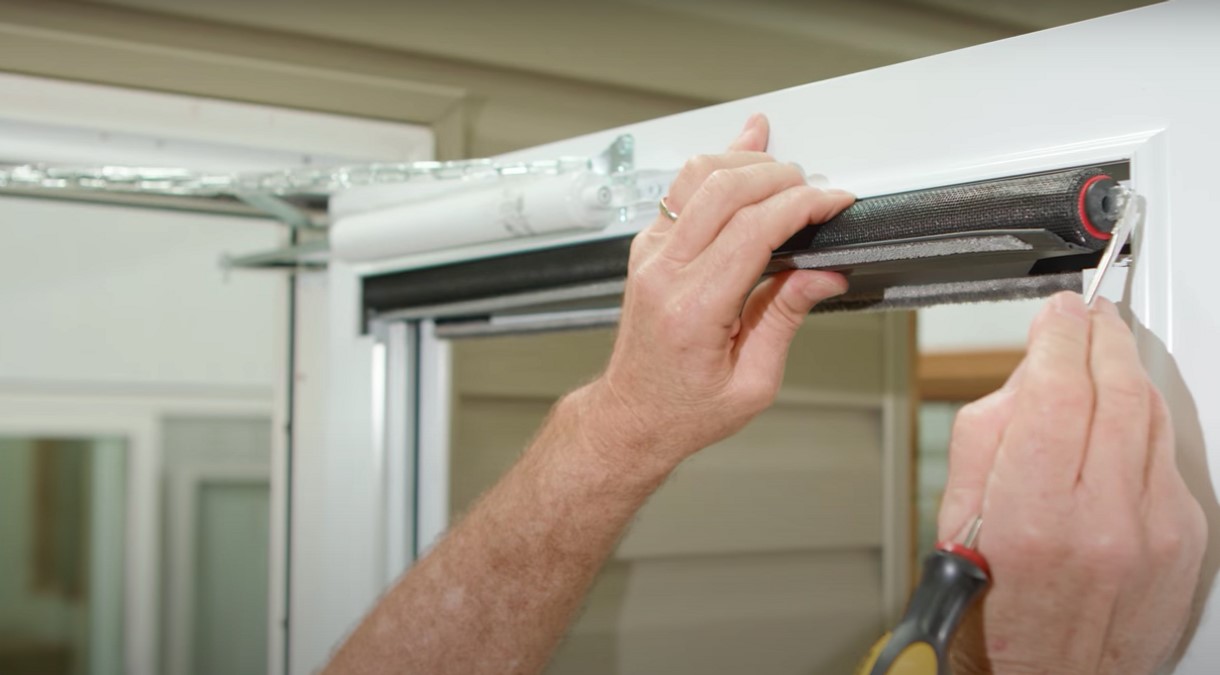
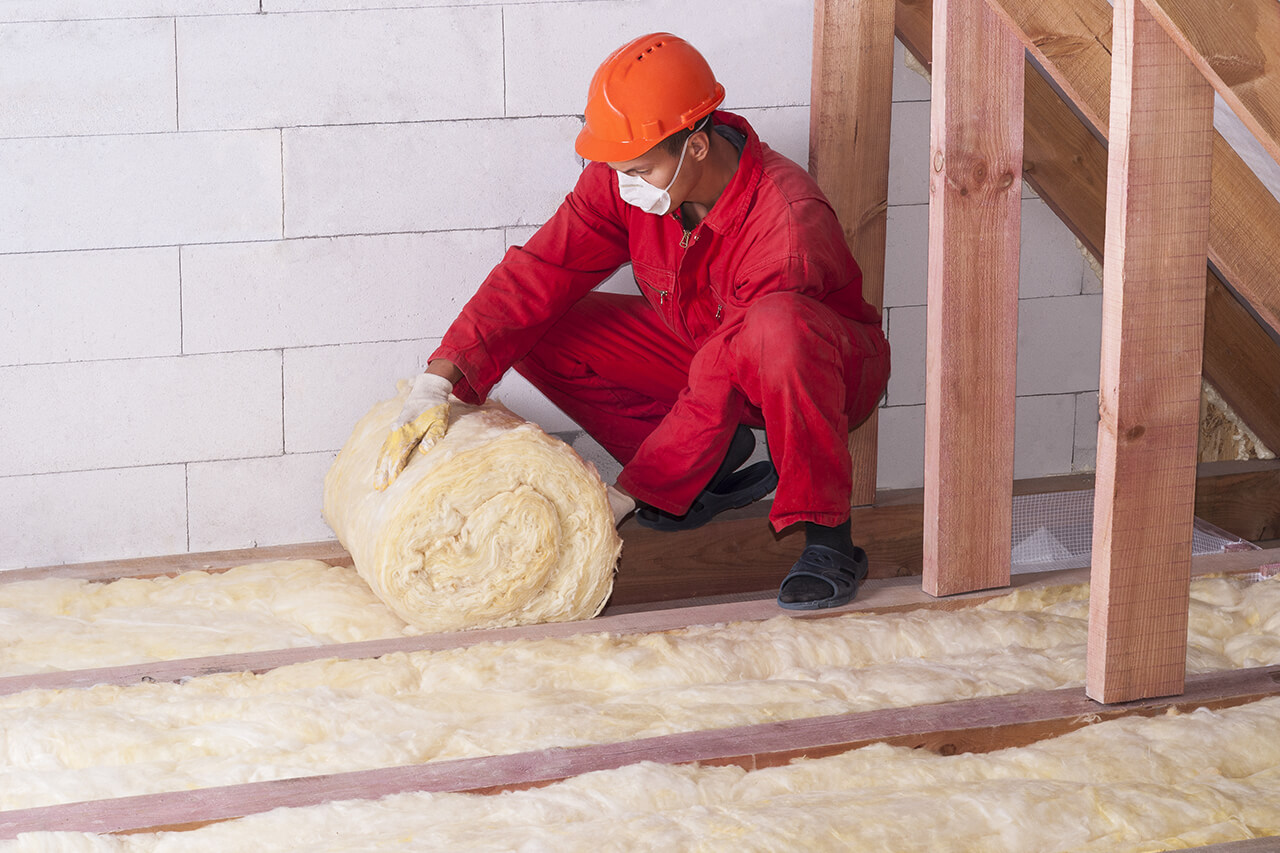

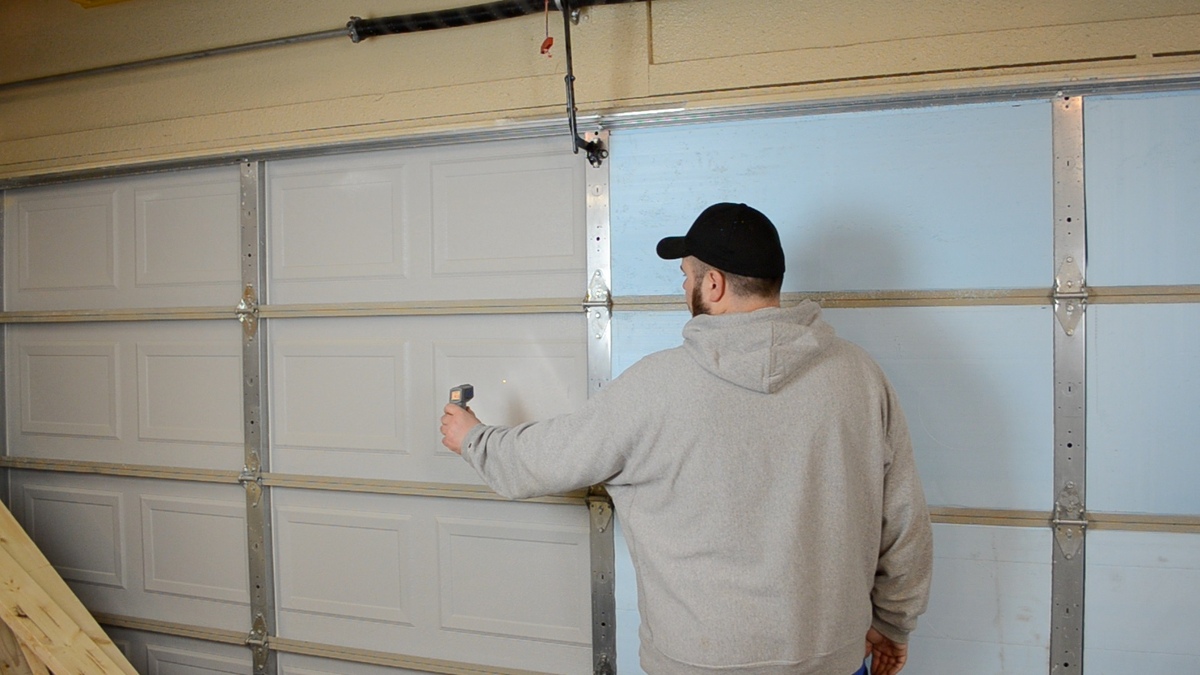
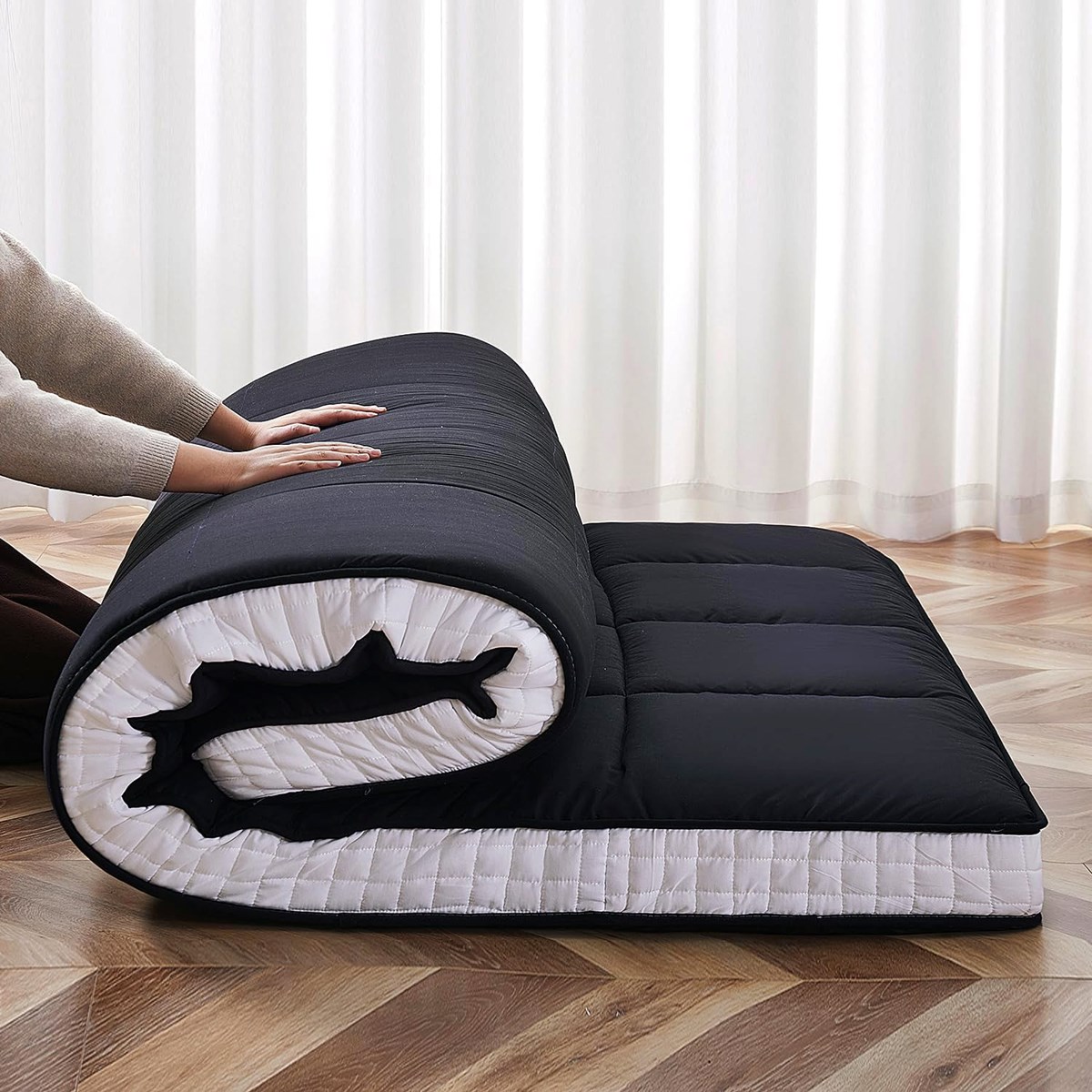
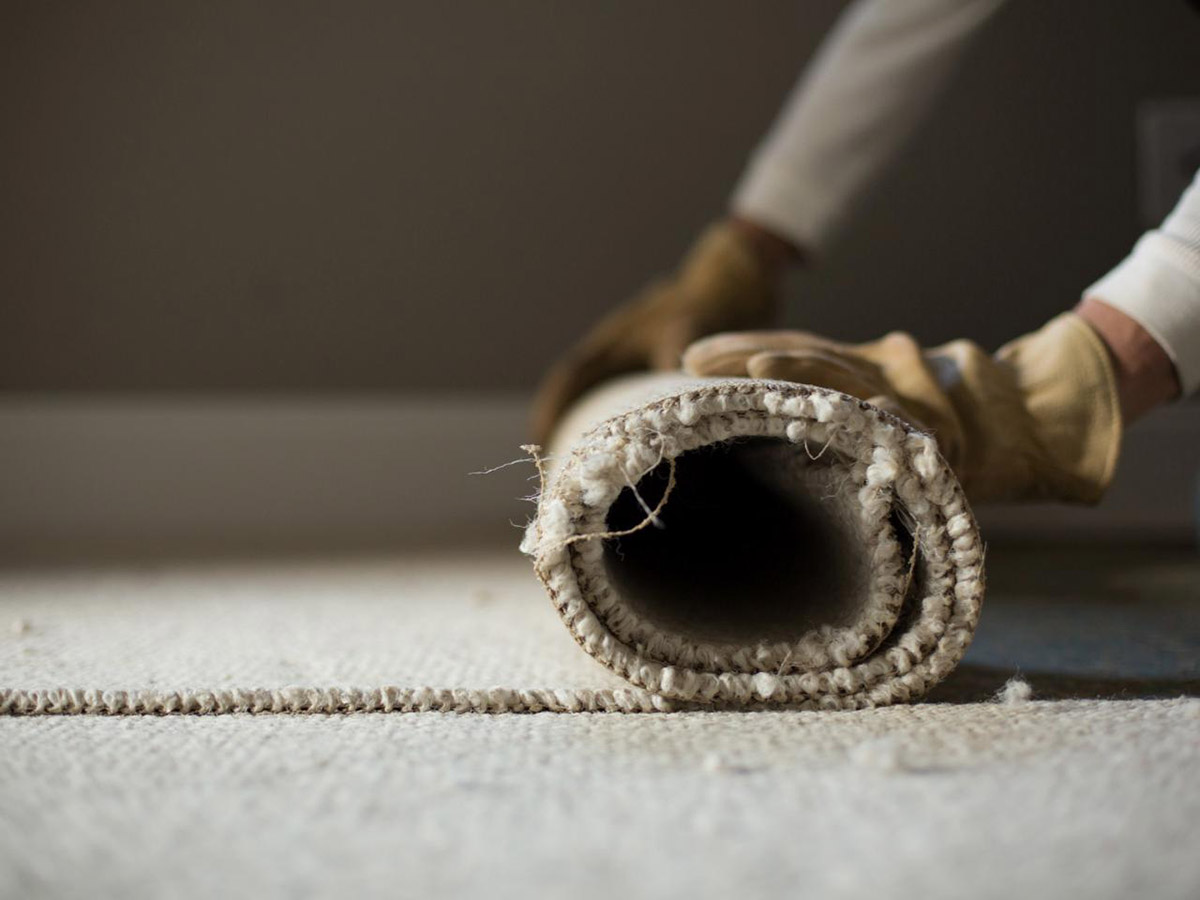
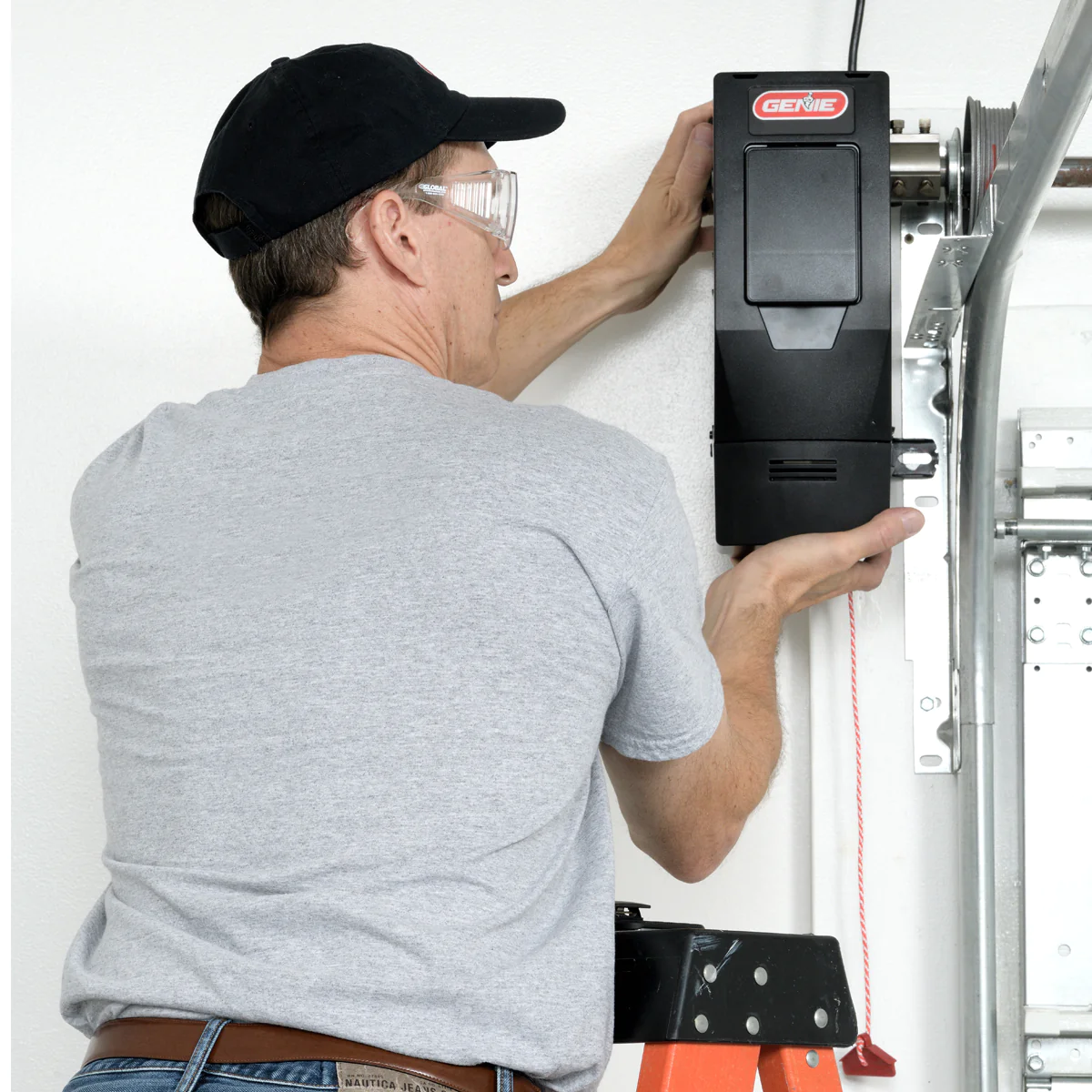
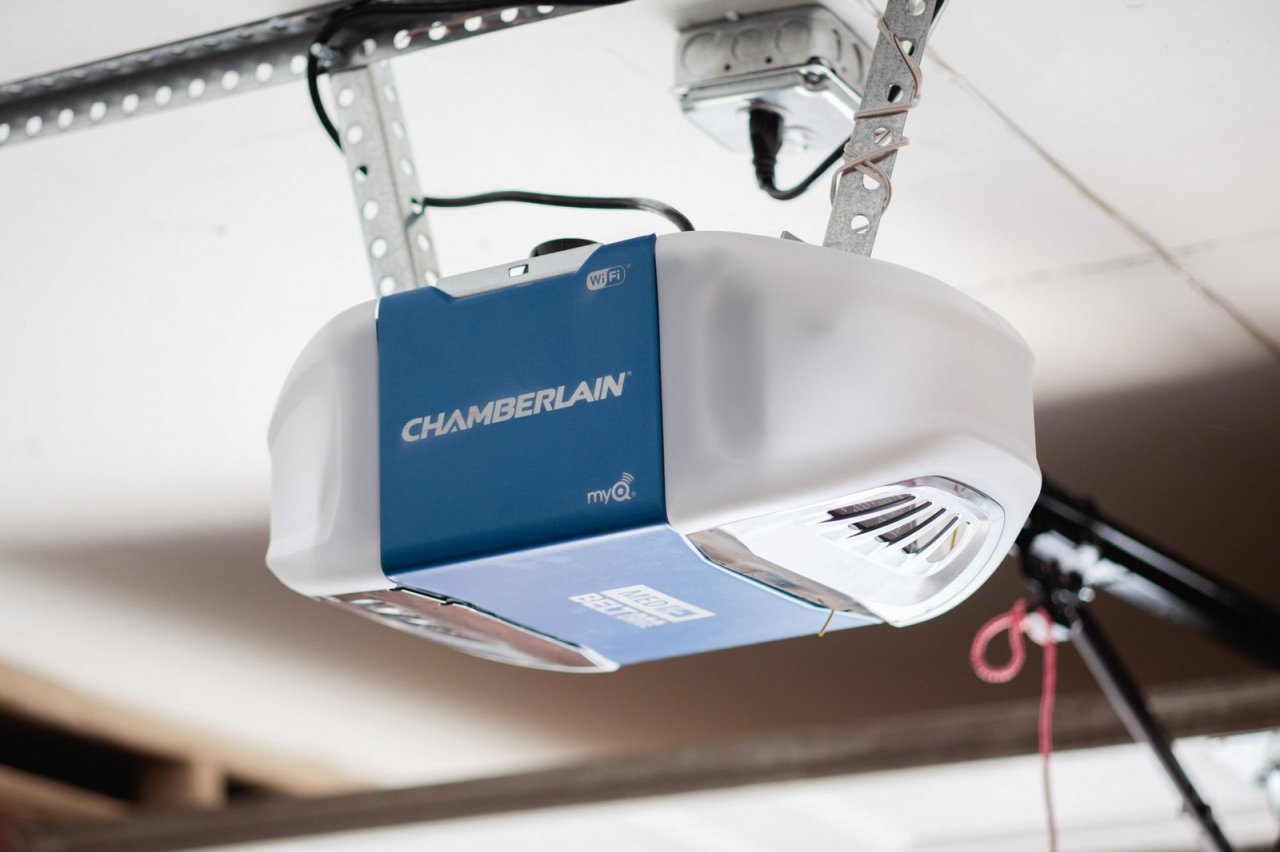

0 thoughts on “How To Insulate A Roll Up Garage Door”